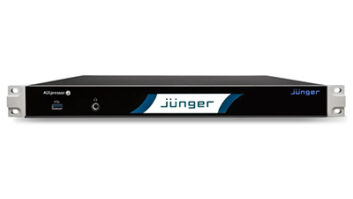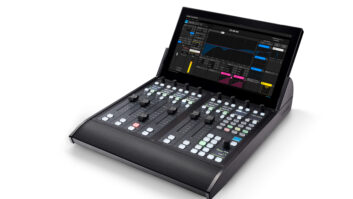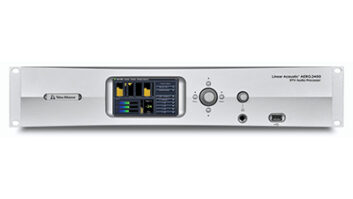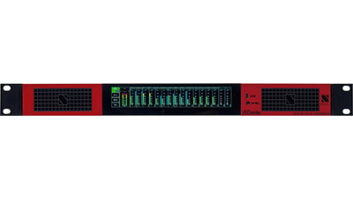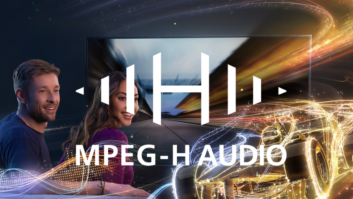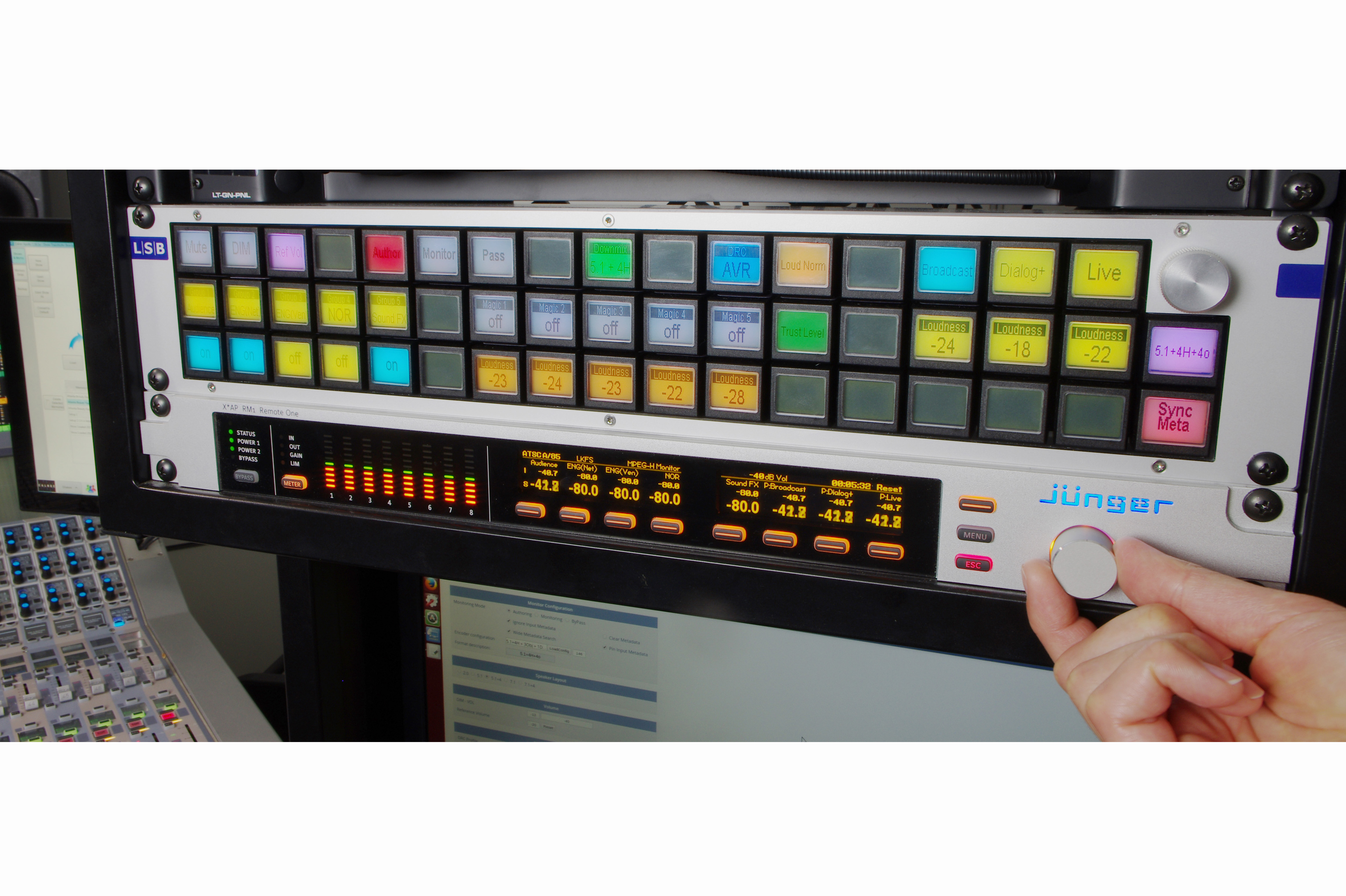
Jünger Audio is using the IBC2015 platform to show a prototype audio monitoring solution that will allow broadcasters to check the quality of all immersive audio transmissions, regardless of format. It will also help maintain compliance with existing loudness regulations, while avoiding the known processing artifacts of traditional loudness control approaches.
The hardware-based product, demonstrated on Jünger Audio’s IBC stand 10:A49, offers a future platform to host all the emerging immersive 3D audio encoding formats from different vendors, including MPEG-H TV audio system and Dolby’s immersive audio system.
“Building on our long-term experience of designing and manufacturing dedicated audio processing products for digital TV production, we are actively engaged in developing this multichannel immersive audio monitoring processor ready for the next generation audio for TV broadcast,” said Peter Poers, Jünger Audio’s managing director. “We envisage that this solution will be deployed not just in production and post-production, but at all stages of the audio workflow where programs running future immersive audio standards need to be controlled or monitored effectively.”
Comprising of a combination of hardware containing I/O, decoding stage, monitoring functionality, audio control software and an advanced user interface, the unit allows for monitoring and auditioning of up to 16 channels of audio. All metadata including dynamic description of included objects for 3D projection, or personalisation of audio services can be handled and controlled. A variety of physical input and output formats will be offered including SDI, MADI and AoIP. For object based encoded content, the graphical interface allows the user to perform 3D panning for audio objects to move and pan them around the screen, along with controlling the level. There is also the option of the personalisation of services through the selection of alternative audio objects such as commentator languages.
“Our solution is truly agnostic in terms of encoding format,” Poers added. “It will be positioned between the mixing console and the transmission chain and at any point where real audio must be monitored again. At the push of a button, users will be able to configure it to work with any codec on the market.”
Jünger Audio is showing its audio monitoring system working with the Fraunhofer IIS MPEG-H TV Audio System. The integration of Jünger Audio’s loudness control features into MPEG-H means that broadcasters can easily identify content that has already been processed or levelled for loudness control and content that hasn’t, thus enabling them to avoid multiple levelling passes that can affect the overall quality of the audio.

